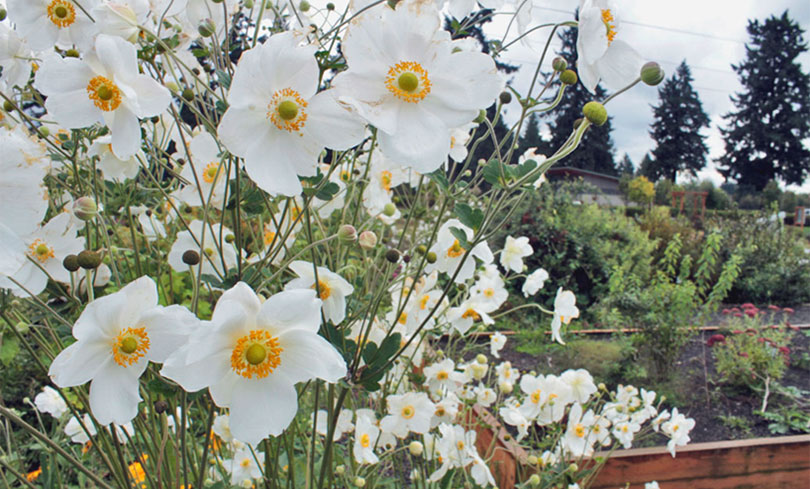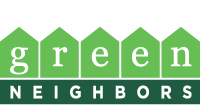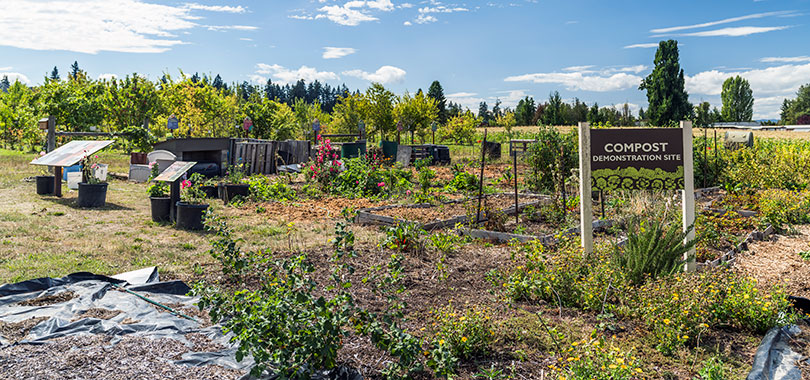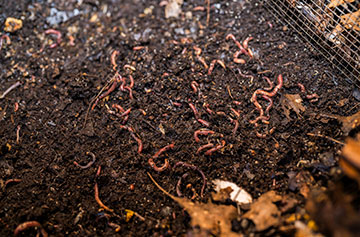Los Jardines Naturales de Pacific Community Park brindan la oportunidad de ver técnicas de jardinería natural en acción, ver plantas nativas en el paisaje e inspirarse en su propio jardín.
Los jardines de demostración pretenden mostrar diferentes formas de practicar técnicas respetuosas con el planeta en casa. La jardinería natural reduce el uso de productos químicos sintéticos para aumentar la actividad de los organismos beneficiosos, mejorar el hábitat y las áreas de vida silvestre y contribuir a la salud general de la comunidad. Hay ocho hermosos ejemplos de jardines en el patio trasero que se adaptan a cualquier tamaño o preferencia de jardín. Los jardines están ubicados en NE 18th St y NE 172nd Ave en Vancouver, WA ( haga clic para ver el mapa de Google ).
Descargue los mapas de jardín de demostración en línea y explore la biblioteca de plantas completa para obtener información sobre cada una de las plantas nativas utilizadas.
Biblioteca de plantas de mapas de jardines Más recursos

Voluntario
Salud Pública del Condado de Clark supervisa este sitio y los jardines se mantienen en un esfuerzo cooperativo con los Master Gardners del Condado de Clark . ¡Damos la bienvenida a los voluntarios en el jardín! Envíe un correo electrónico a info@clarkgreeneneighbors.org para obtener más información!
Para aún más ideas...
Backyard Wildlife Garden de la ciudad de Vancouver, ubicado en el Centro de Educación sobre Recursos Hídricos . ¡Podrás descubrir muchas ideas nuevas y ver mucha vida salvaje!
También puede disfrutar visitando el Jardín Botánico de Vida Silvestre en Brush Prairie. Naturescaping of Southwest Washington es un grupo de voluntarios sin fines de lucro dedicado a educar y alentar a los propietarios a crear santuarios de vida silvestre en sus propios patios traseros. ¡Tienen un jardín de demostración y talleres durante todo el año!






